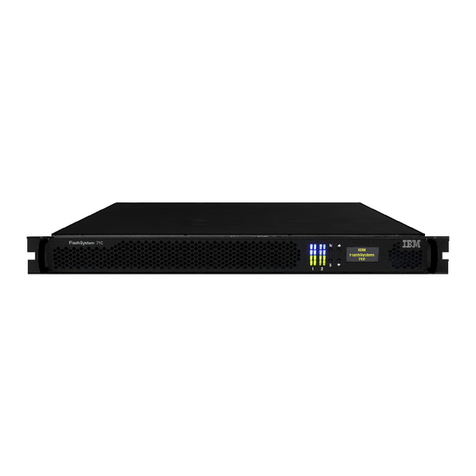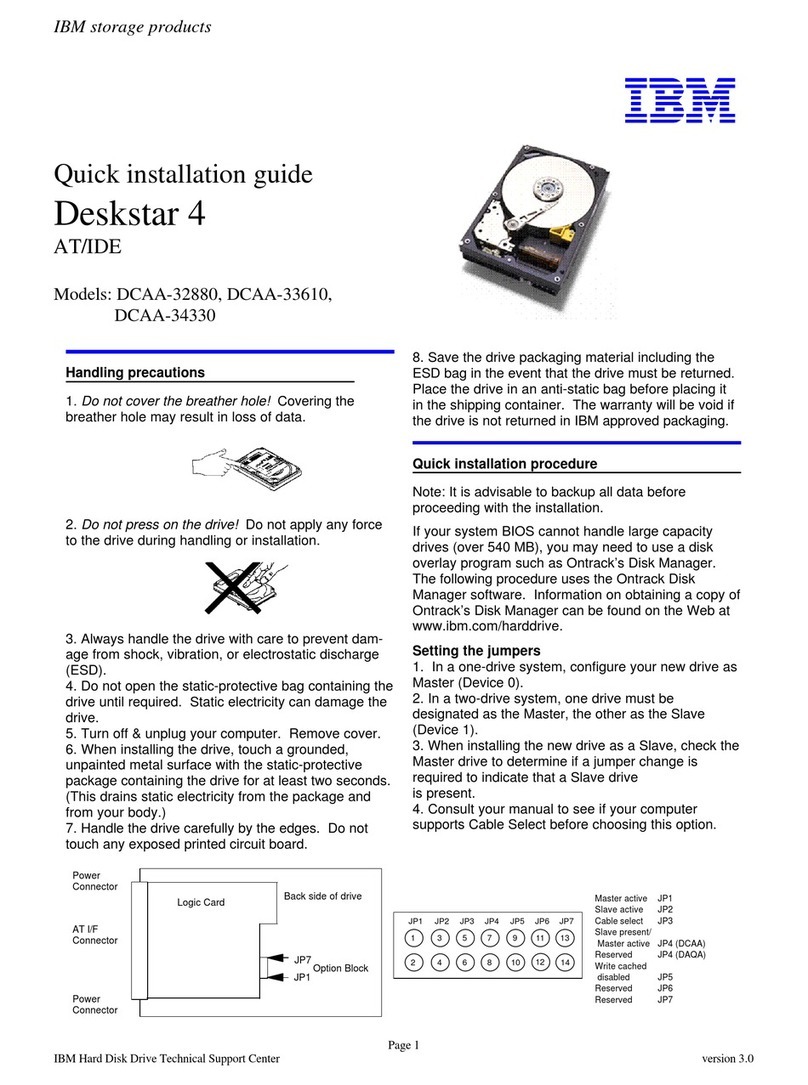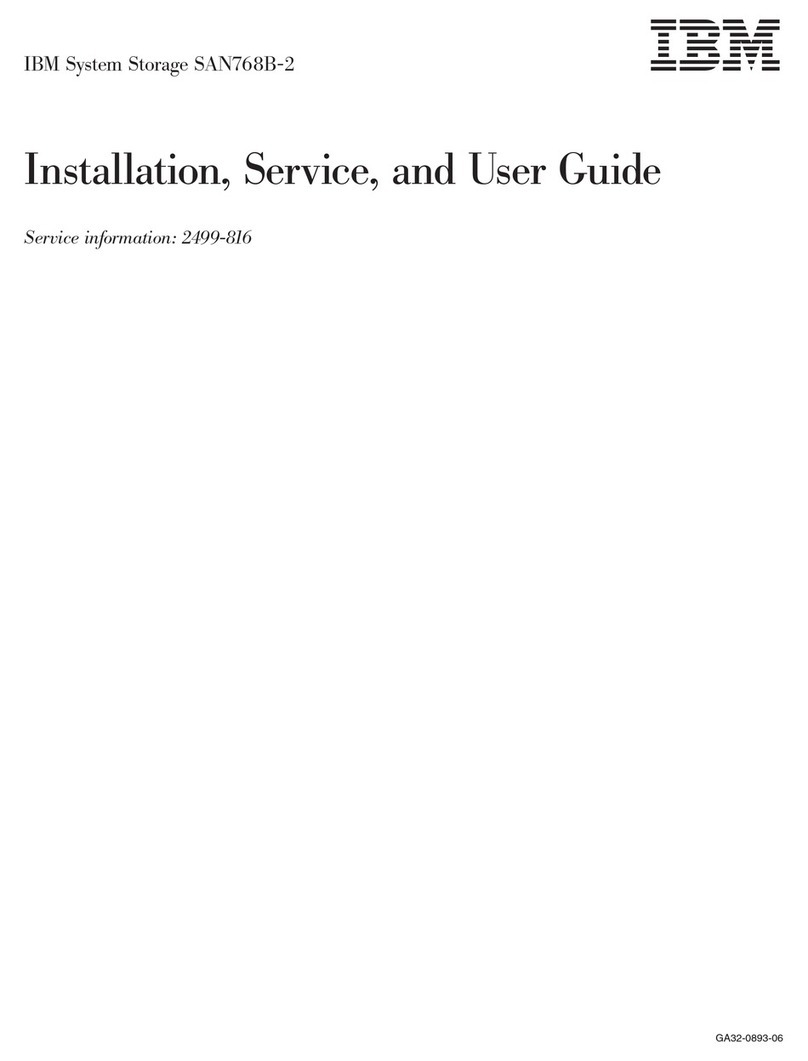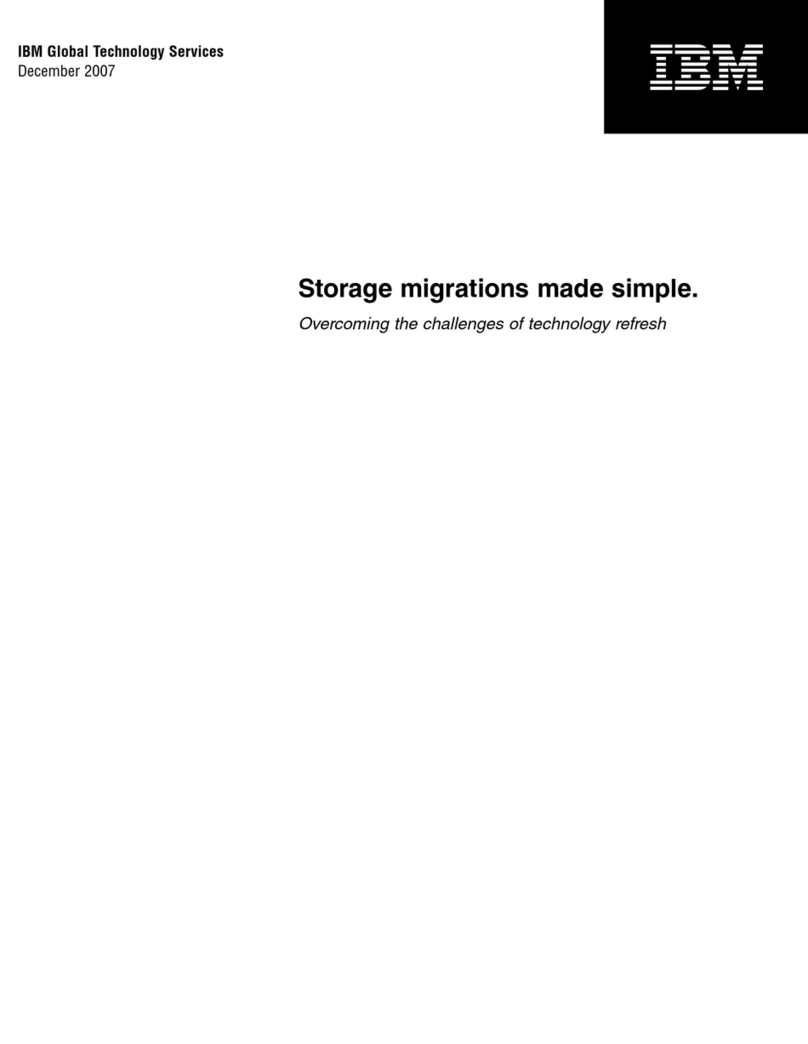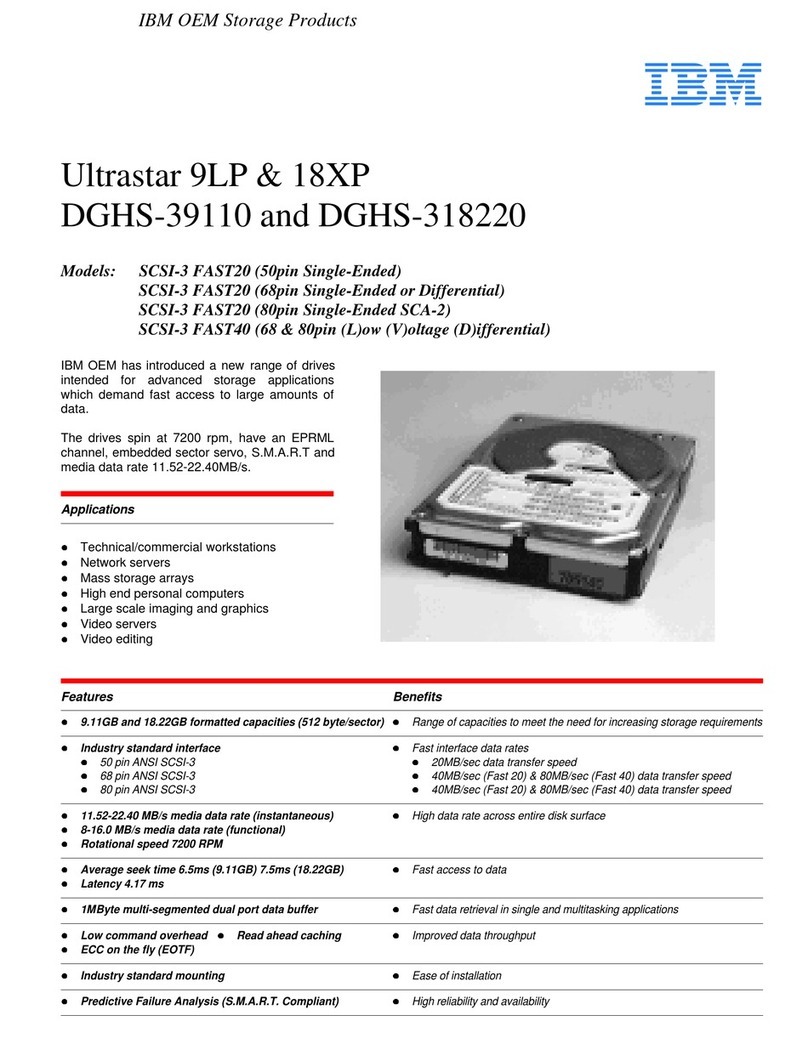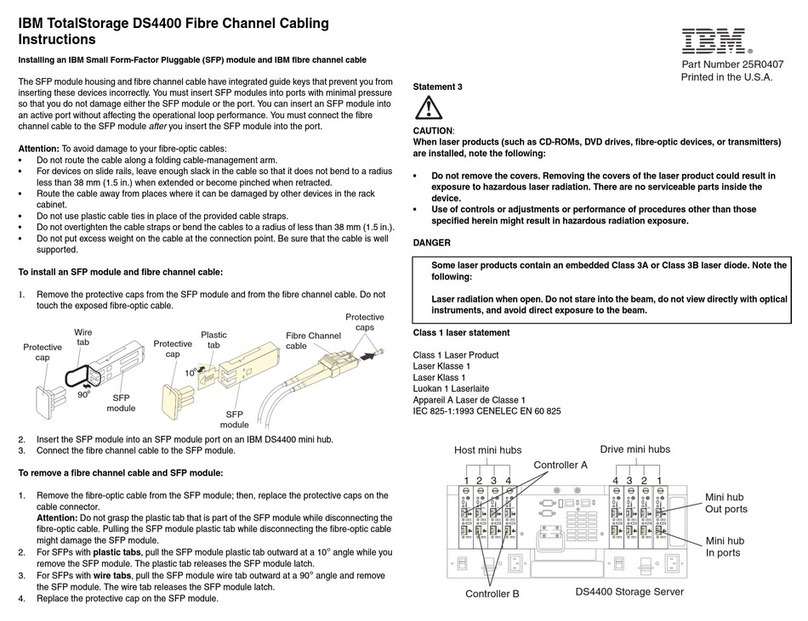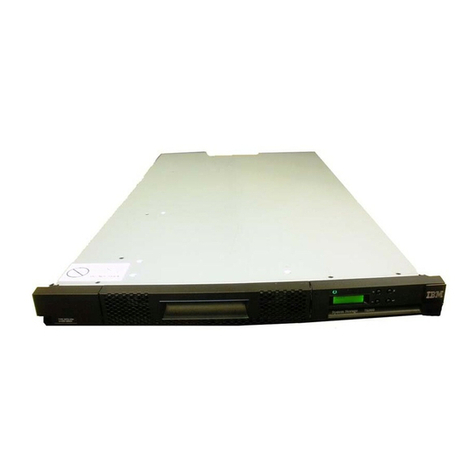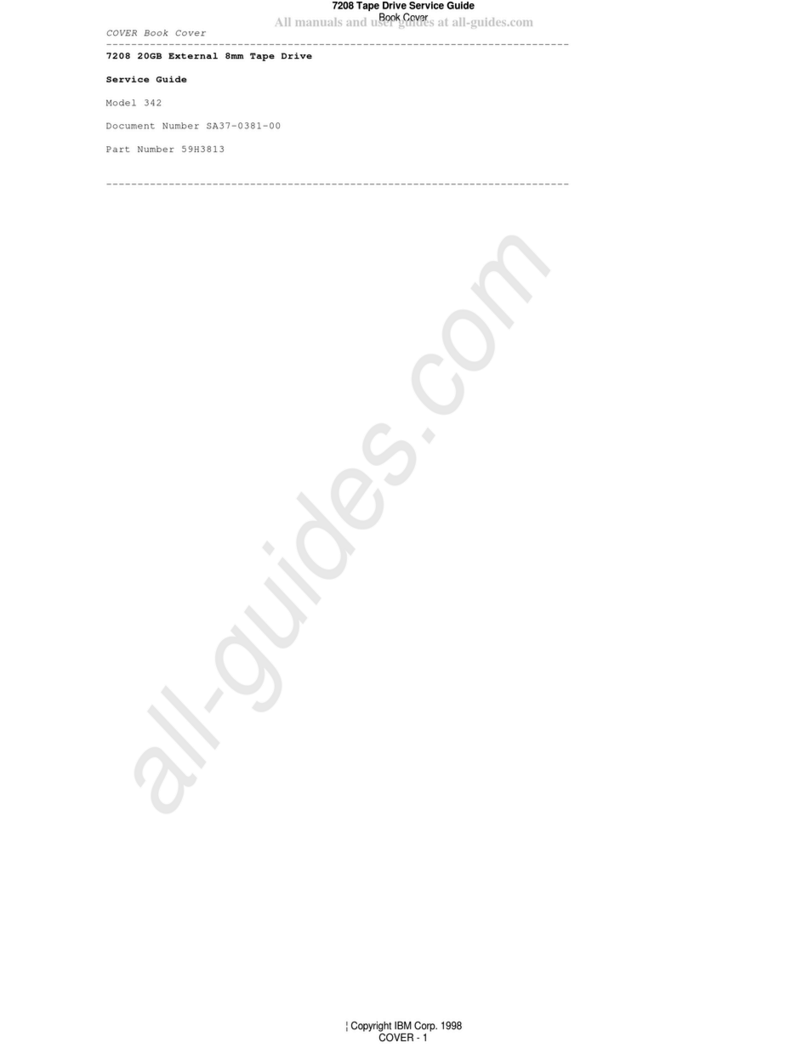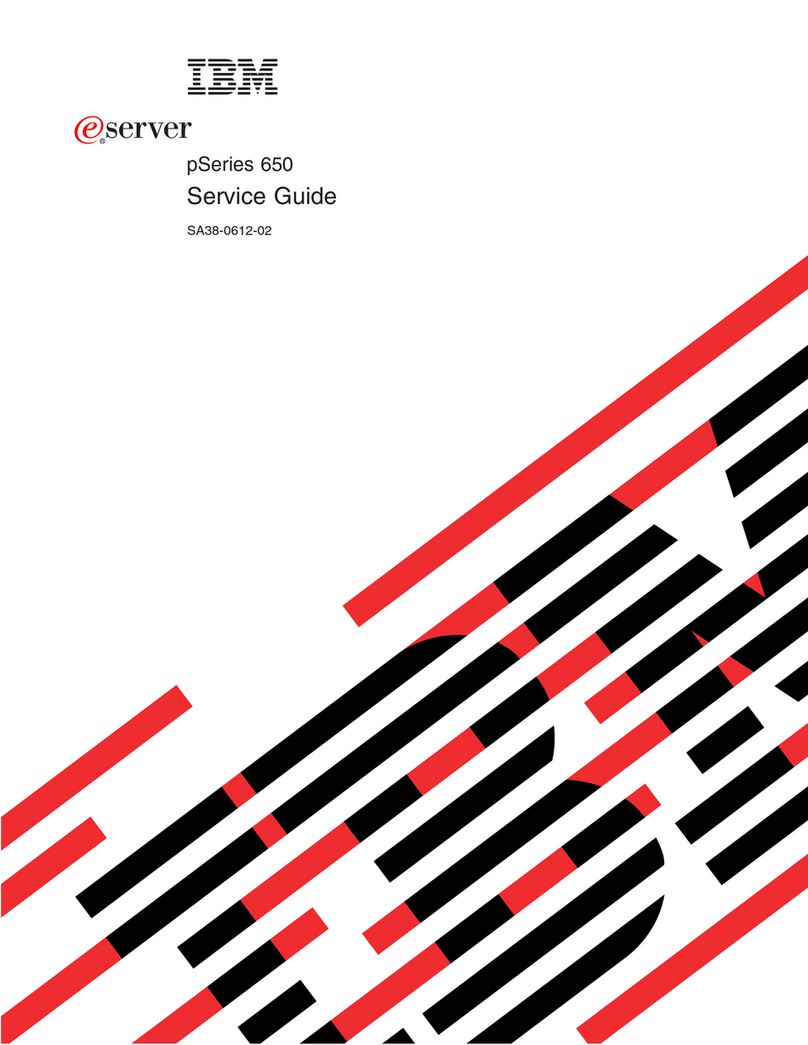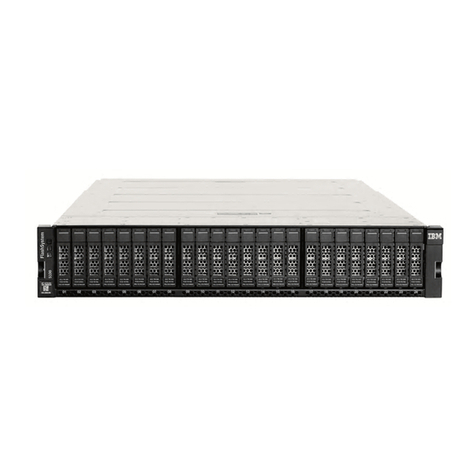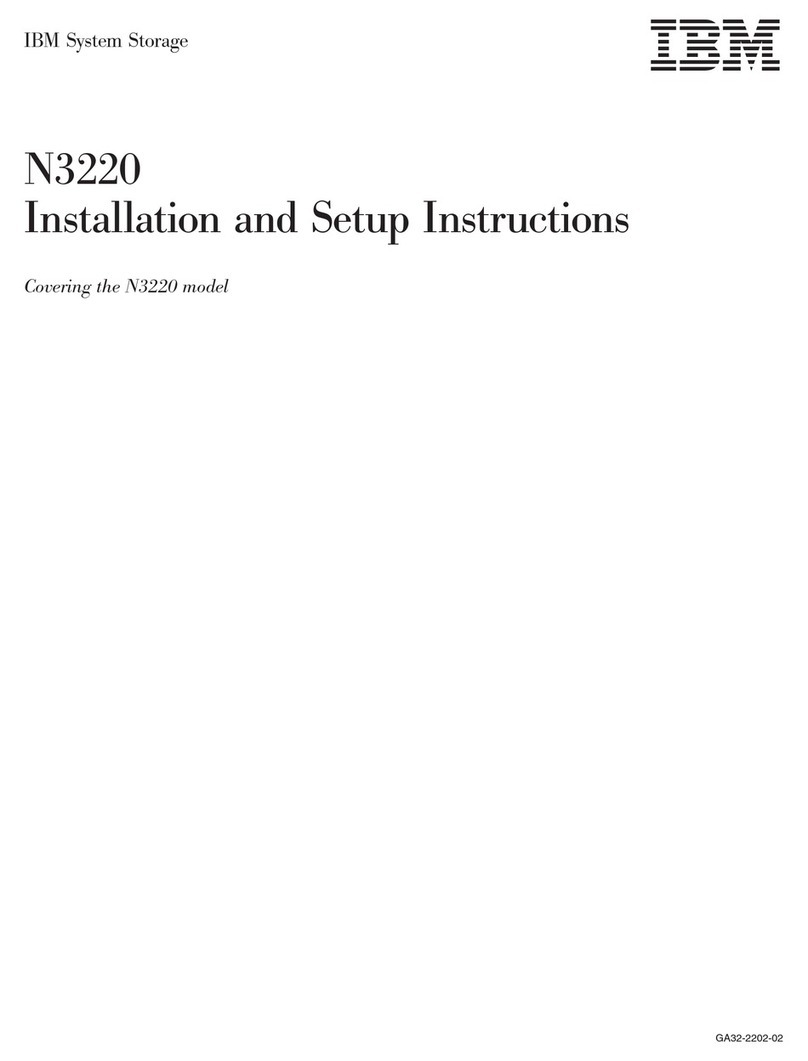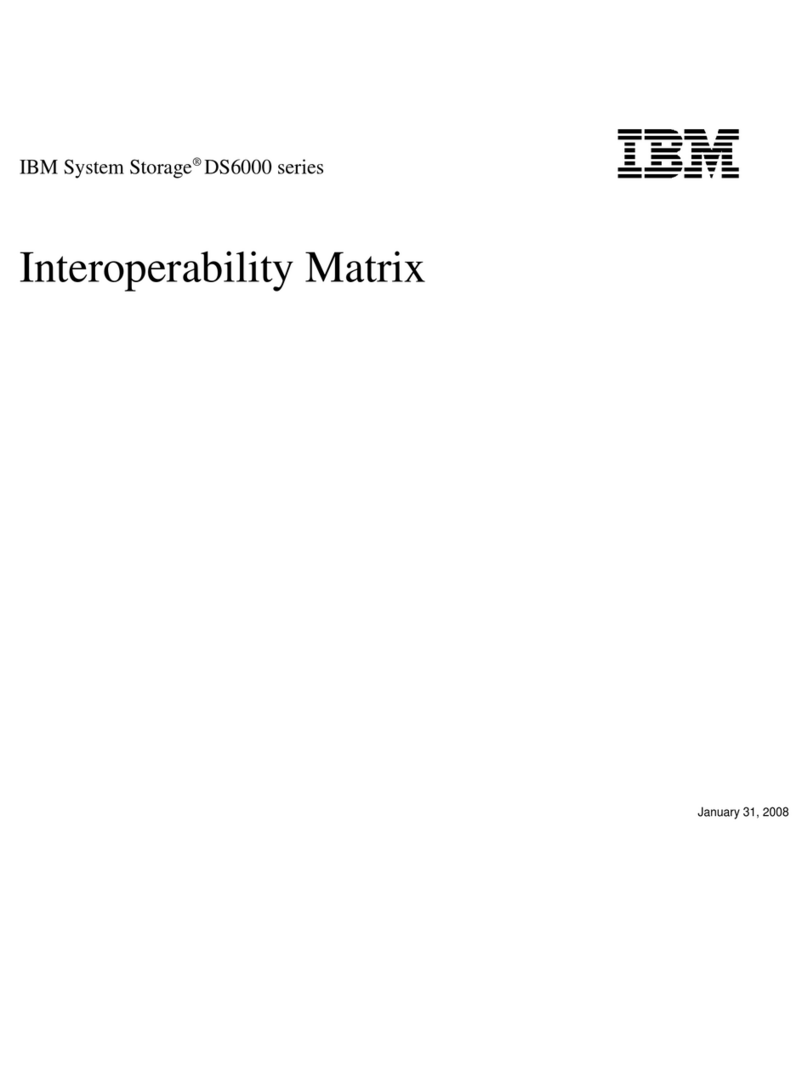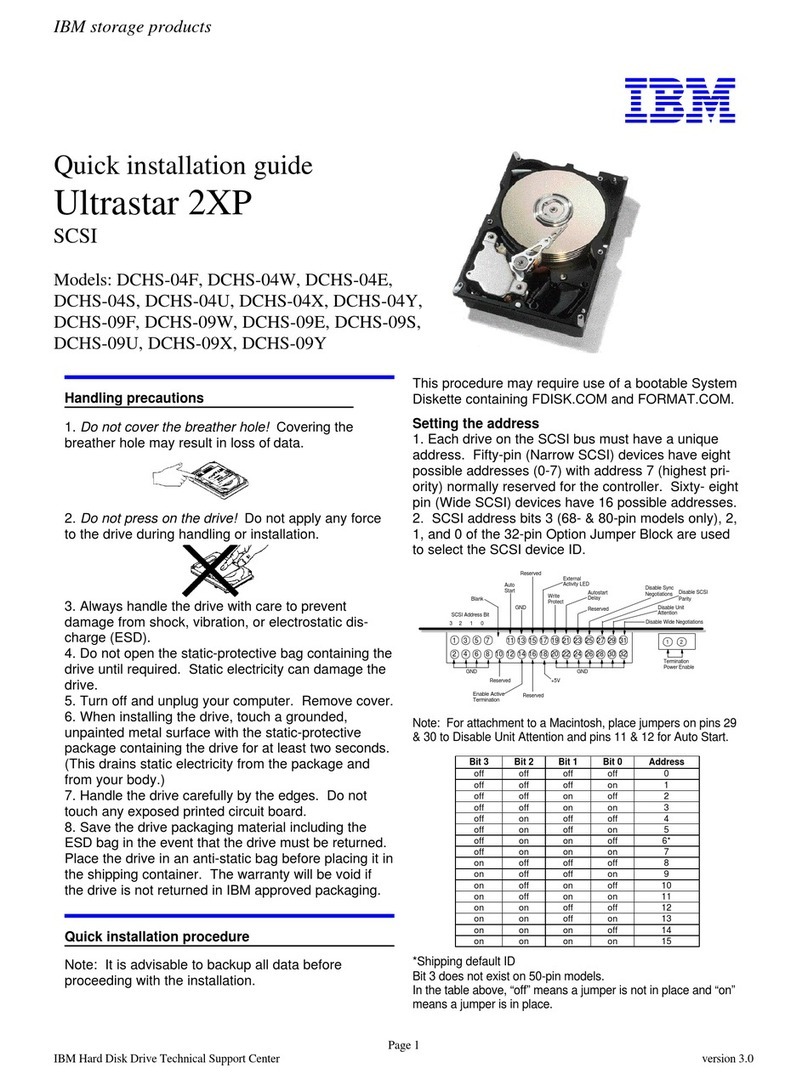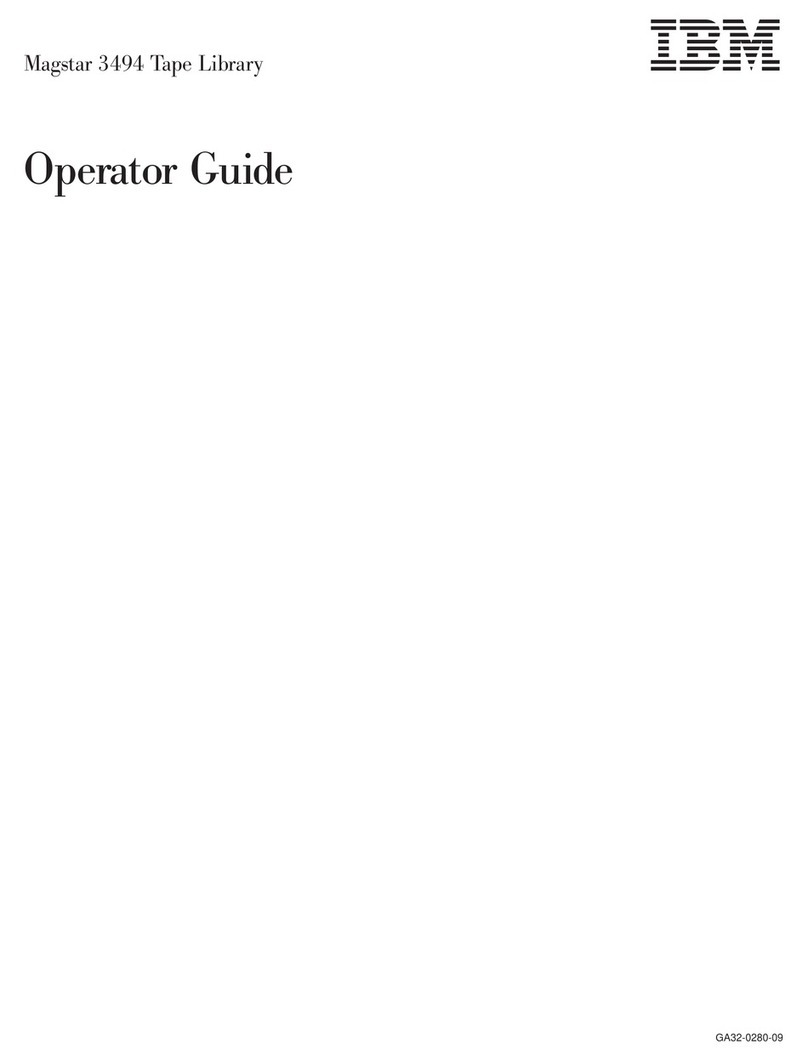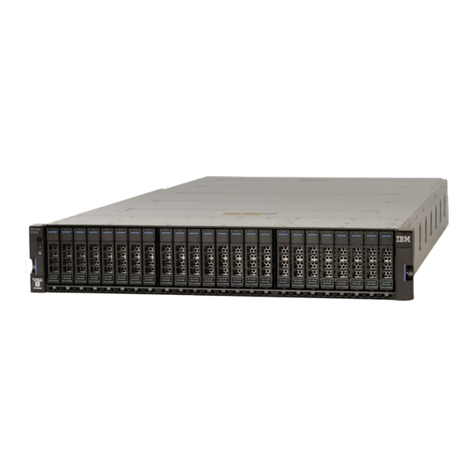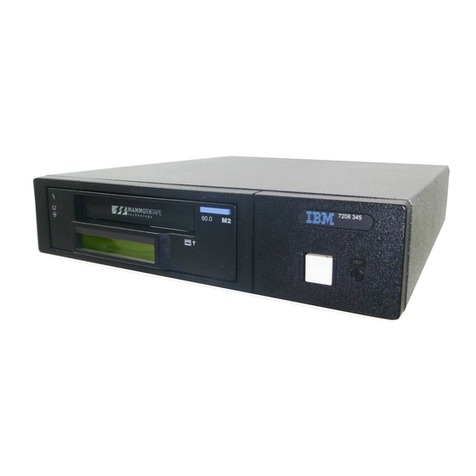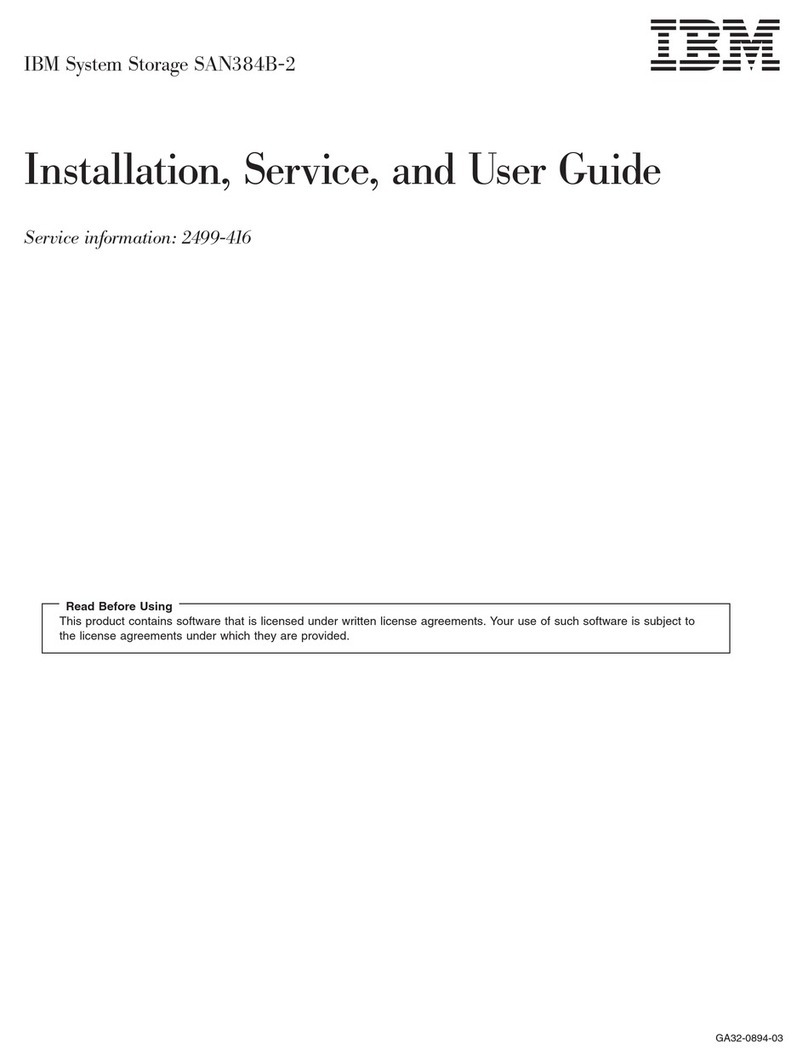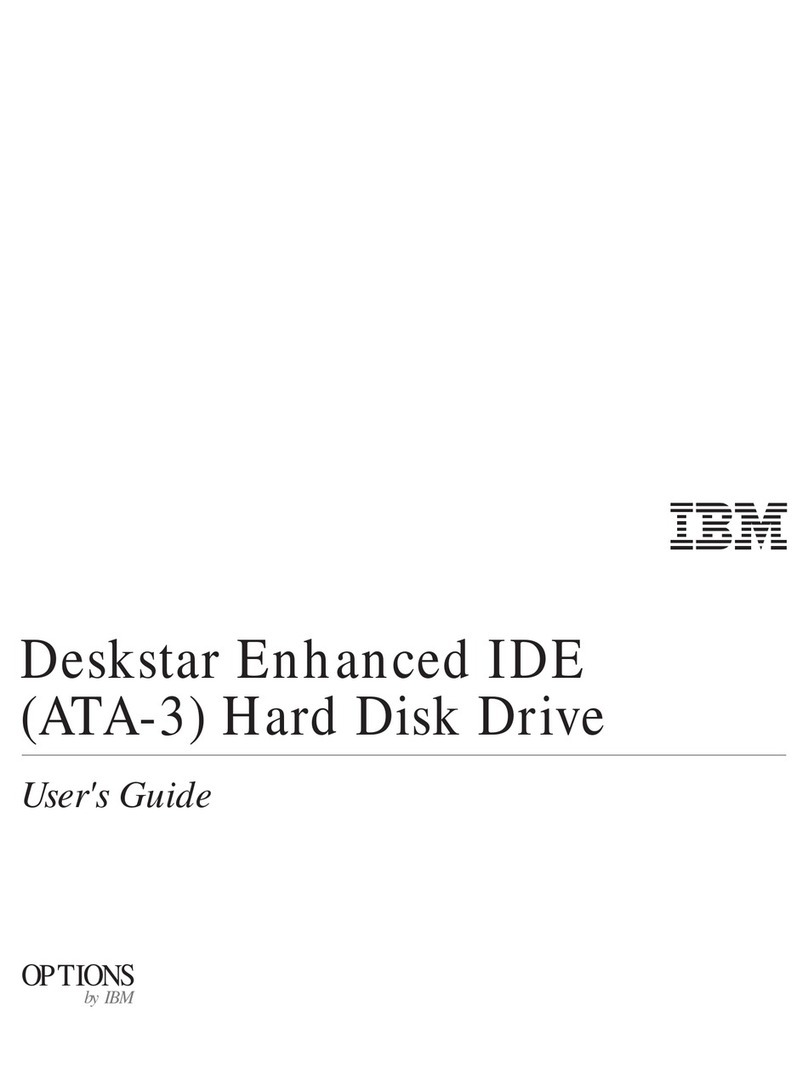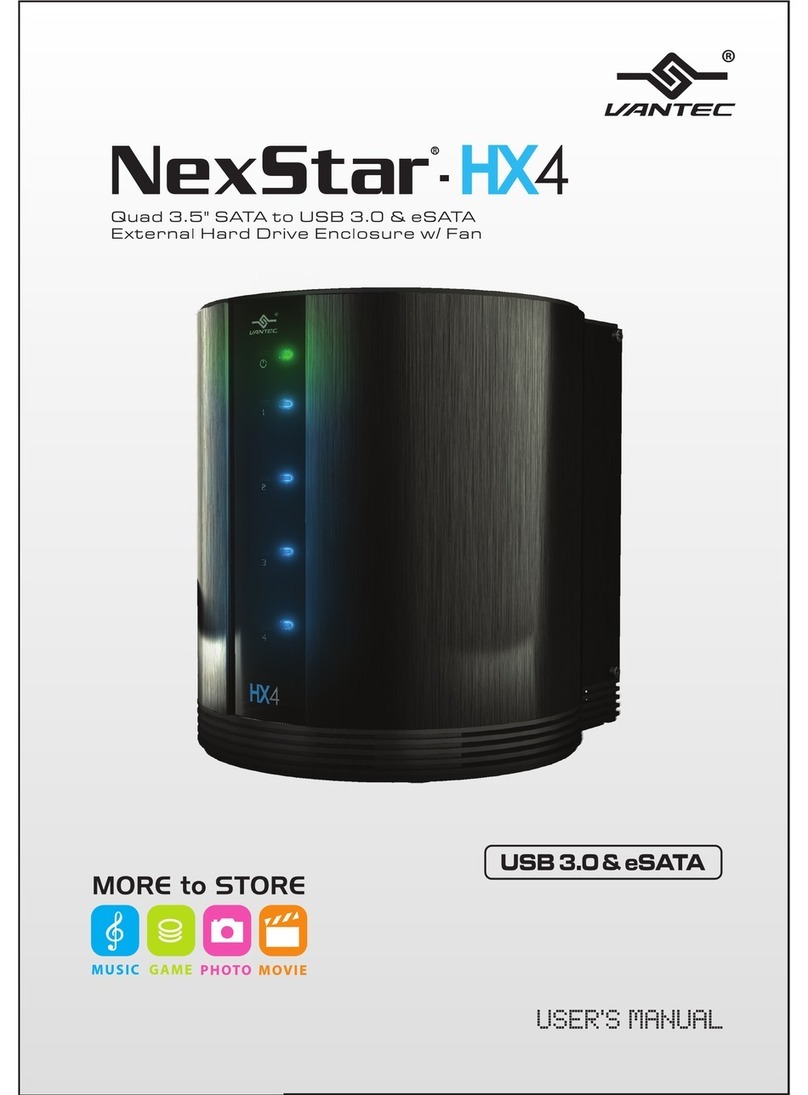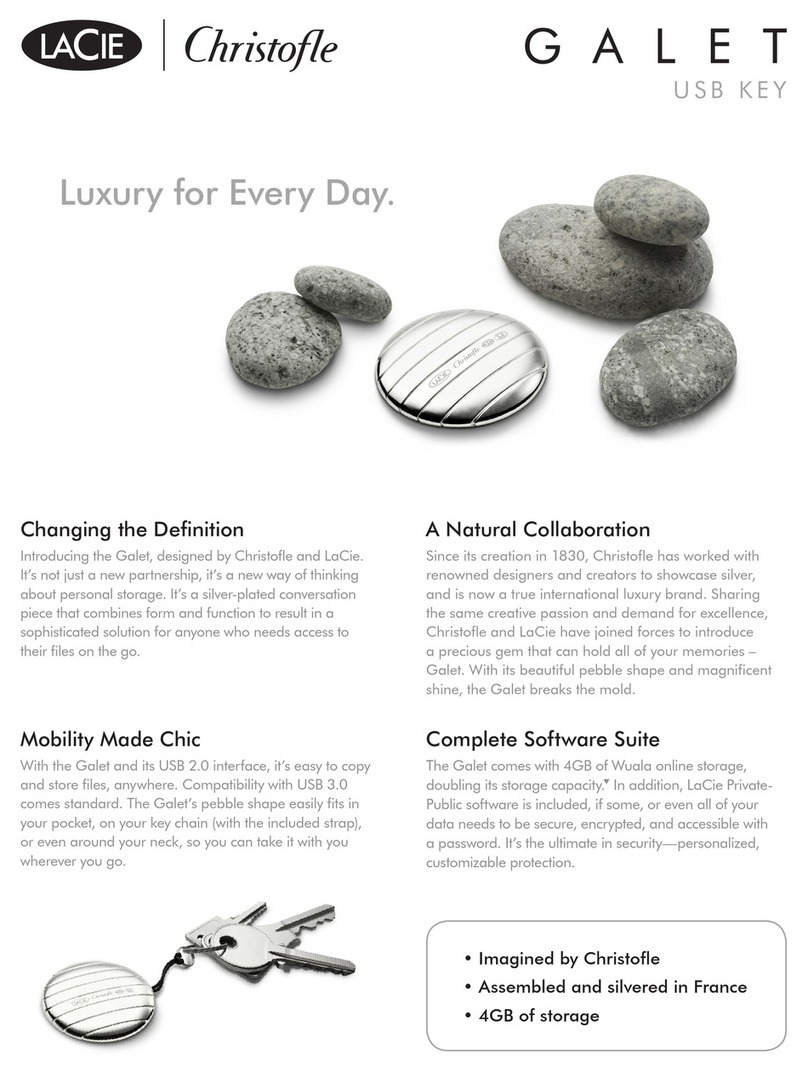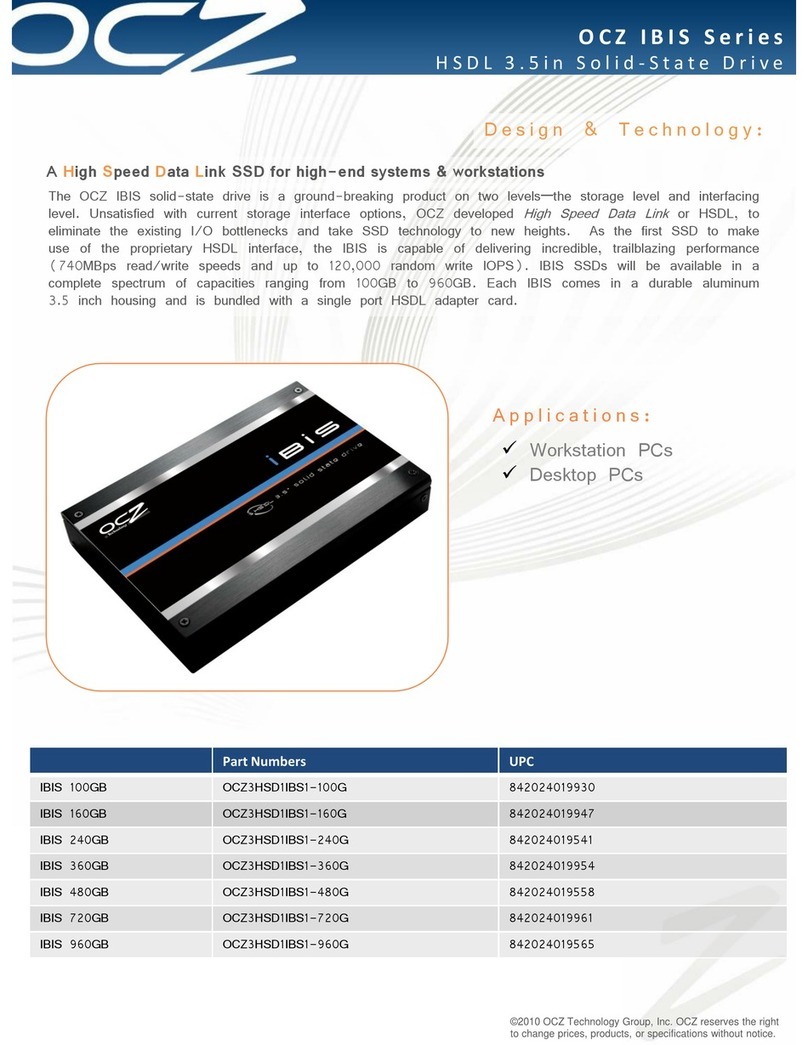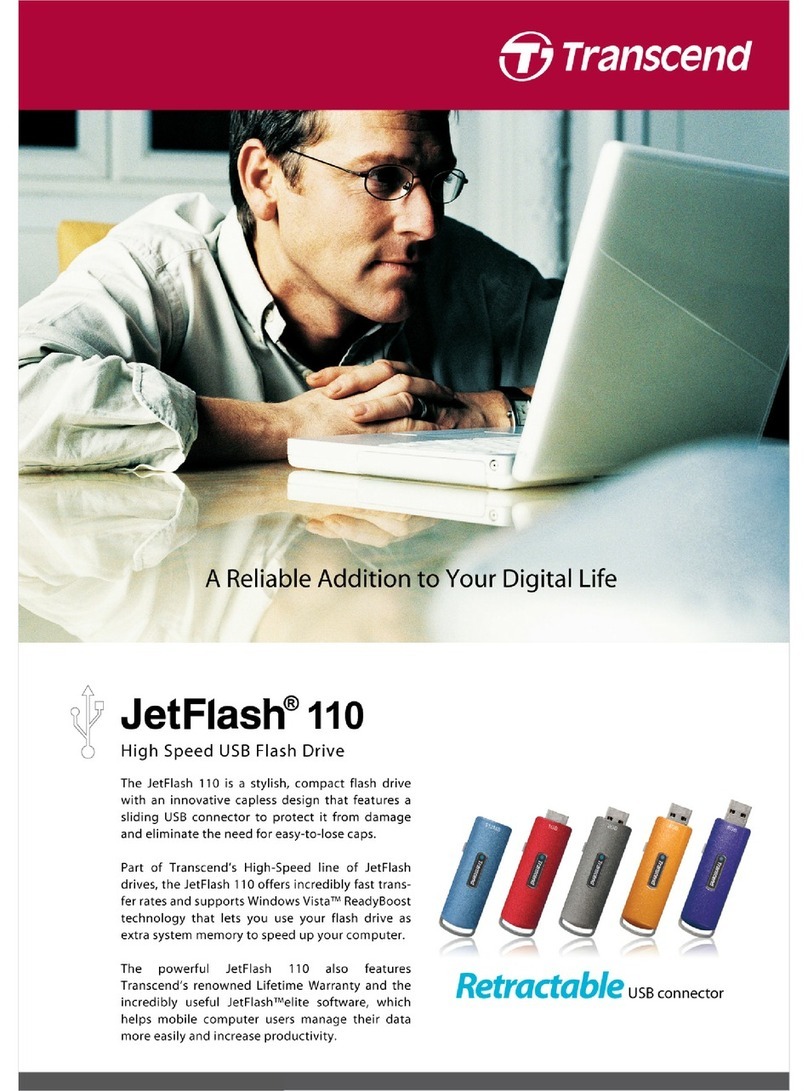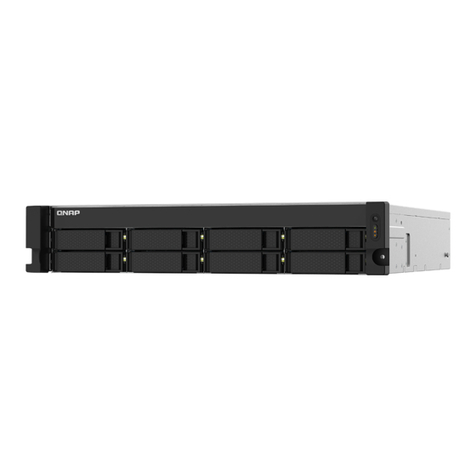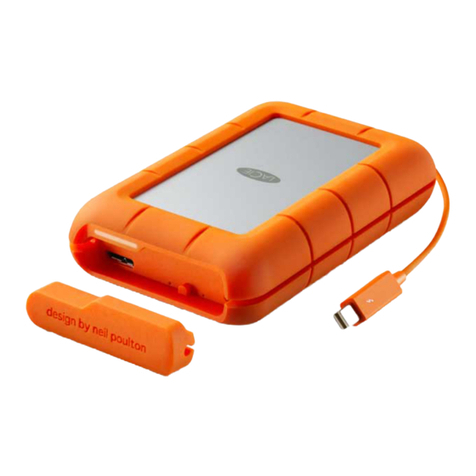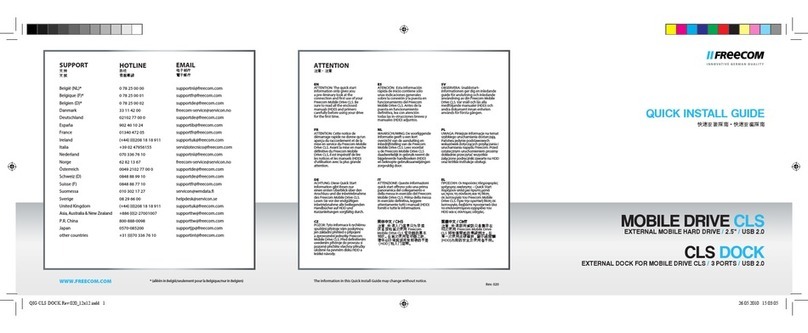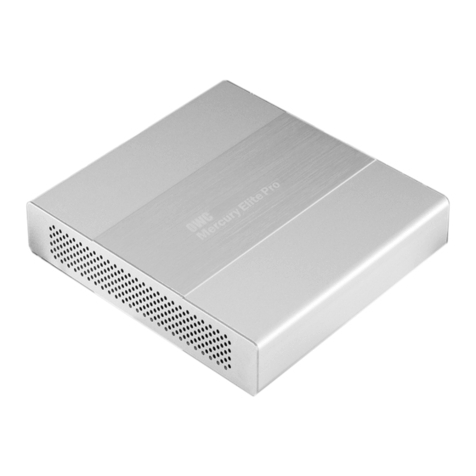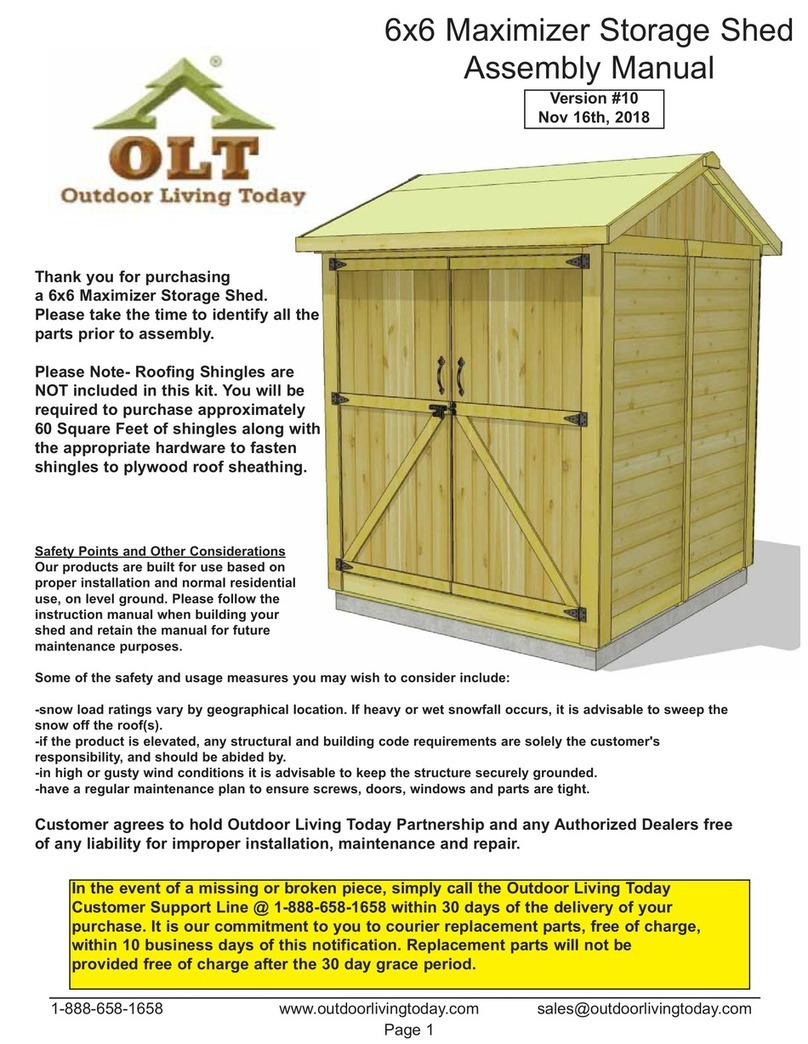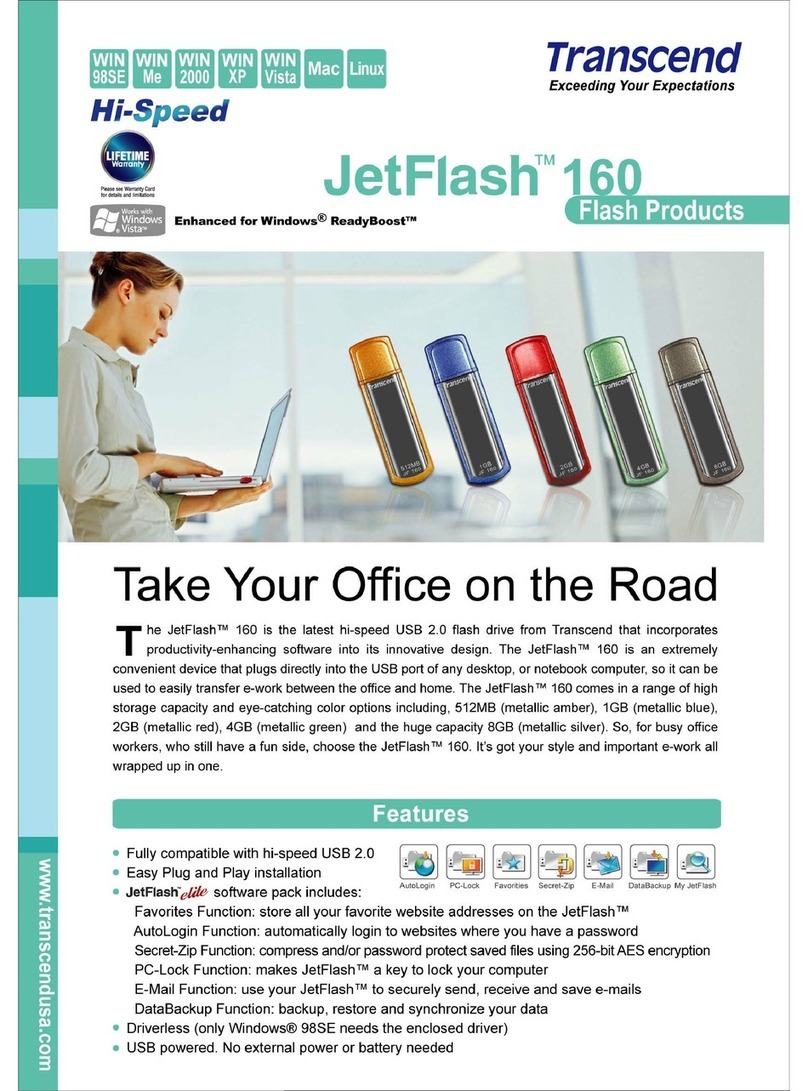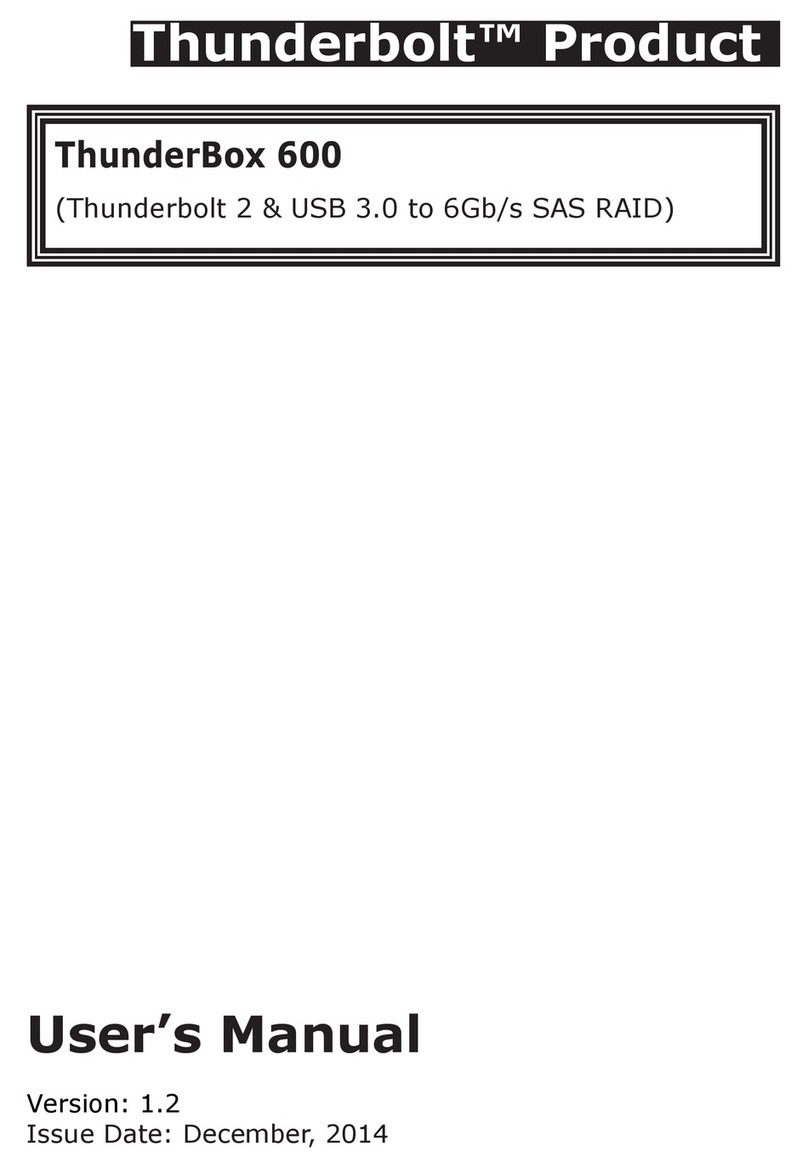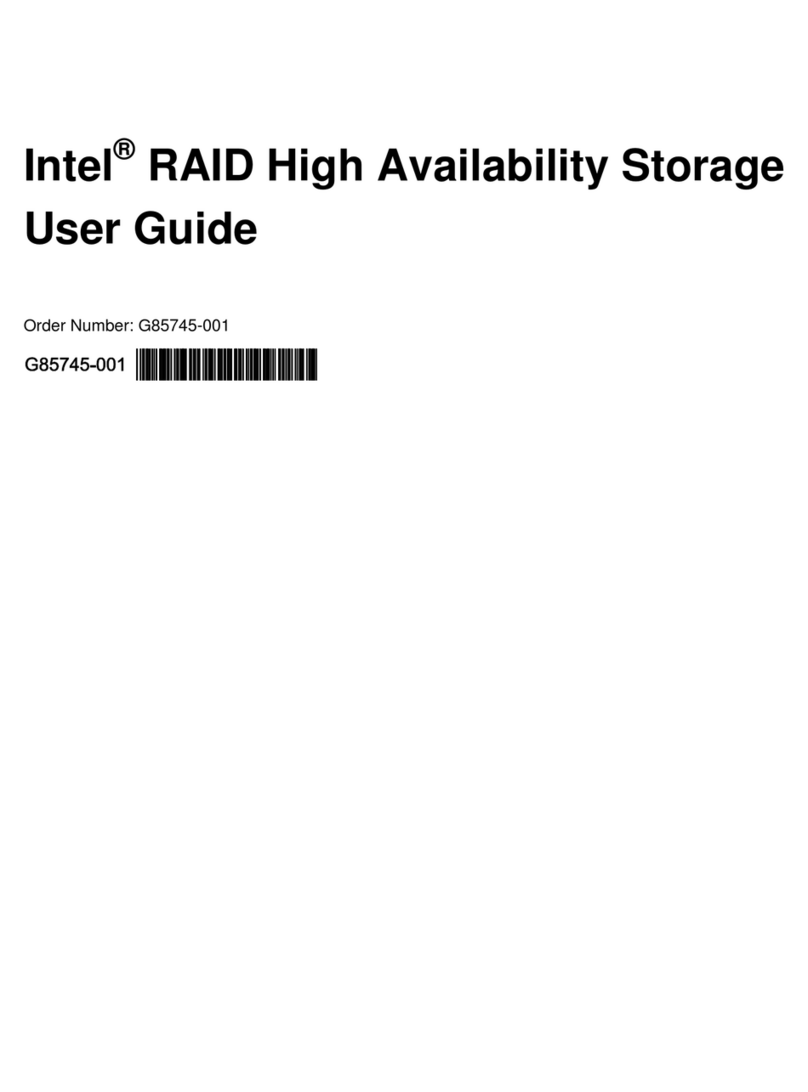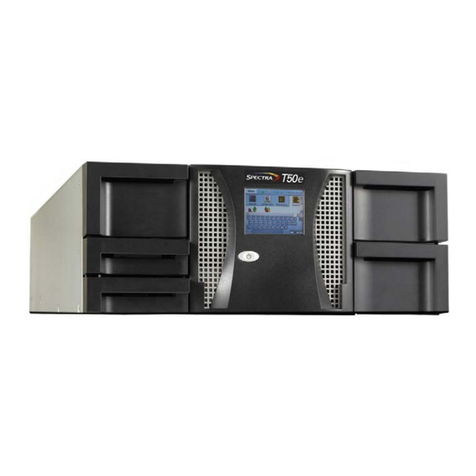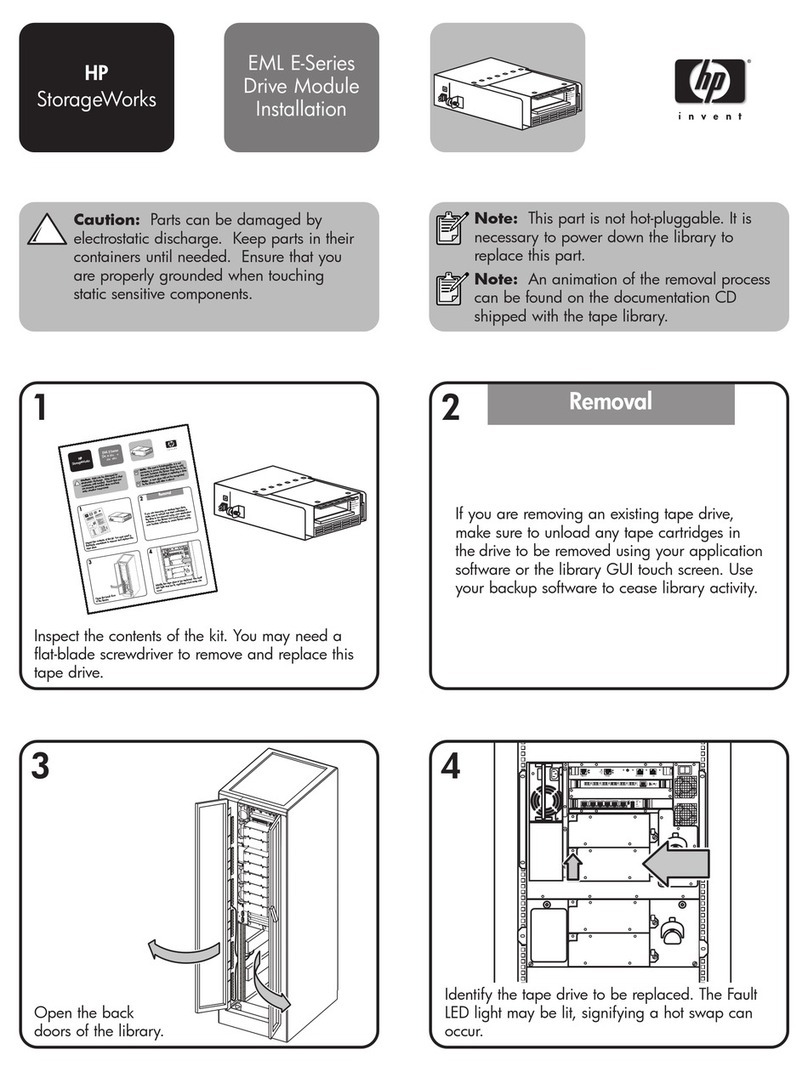
Contents
About this book ........... v
Who should use this book .......... v
Conventions and terminology ........ v
Publications and related information ...... v
IBM Publications Center .......... ix
Sending comments ............ x
Chapter 1. Overview ......... 1
Machine types overview .......... 2
Hardware ............... 3
DS8882F (machine type 533x model 983) .... 4
High Performance Flash Enclosures Gen2 pair .. 6
Management enclosure .......... 7
Processor nodes ............ 7
I/O enclosure ............. 7
Power ............... 8
Functional overview ............ 8
Logical configuration ........... 11
Logical configuration with DS8000 Storage
Management GUI ........... 11
Logical configuration with DS CLI...... 13
RAID implementation .......... 15
Logical subsystems ........... 17
Allocation methods........... 17
Management interfaces .......... 19
DS8000 Storage Management GUI ...... 19
DS command-line interface ........ 19
DS Open Application Programming Interface .. 20
RESTful API ............. 20
IBM Spectrum Control.......... 21
IBM Copy Services Manager........ 21
DS8000 Storage Management GUI supported web
browsers ............... 22
Chapter 2. Hardware features ..... 25
Storage complexes ............ 27
Management console ........... 27
Hardware specifics ............ 27
Storage system structure ......... 28
Flash drives ............. 28
Drive maintenance policy......... 28
Host attachment overview ........ 29
I/O load balancing ............ 30
Storage consolidation ........... 30
Count key data ............. 31
Fixed block .............. 31
T10 DIF support............ 31
Logical volumes ............. 32
Allocation, deletion, and modification of volumes 32
LUN calculation ............. 33
Extended address volumes for CKD ...... 34
Quick initialization ............ 35
Chapter 3. Data management features 37
Transparent cloud tiering .......... 37
Dynamic volume expansion ......... 39
Count key data and fixed block volume deletion
prevention............... 39
Thin provisioning ............ 39
Extent Space Efficient (ESE) capacity controls for
thin provisioning ........... 40
IBM Easy Tier ............. 41
VMware vStorage API for Array Integration support 42
Performance for IBM Z .......... 43
Copy Services ............. 45
Disaster recovery through Copy Services ... 54
Resource groups for Copy Services scope limiting 55
Comparison of Copy Services features ..... 57
I/O Priority Manager ........... 58
Securing data.............. 59
Chapter 4. Planning the physical
configuration ............ 61
Configuration controls........... 61
Determining physical configuration features ... 61
Management console features ........ 62
Primary and secondary management consoles .. 62
Storage features ............. 63
Feature codes for drive sets ........ 63
Storage-enclosure fillers ......... 63
Configuration rules for storage features .... 64
Physical and effective capacity ....... 64
I/O adapter features ........... 66
I/O enclosure ............ 66
Feature codes for Flash RAID adapter pairs .. 67
Fibre Channel (SCSI-FCP and FICON) host
adapters and cables........... 67
Configuration rules for host adapters..... 68
Processor complex features ......... 69
Feature codes for Transparent cloud tiering
adapters .............. 69
Feature codes for processor licenses ..... 69
Processor memory features ......... 70
Feature codes for system memory ...... 70
Power features ............. 70
Power cords ............. 70
Input voltage ............. 74
Configuration rules for power features .... 74
Other configuration features ......... 74
BSMI certificate (Taiwan) ......... 75
Non-encryption certification key (China and
Russia) ............... 75
Chapter 5. Planning use of licensed
functions.............. 77
Licensed function indicators ......... 77
License scope.............. 77
Ordering licensed functions ......... 78
Rules for ordering licensed functions ...... 79
Base Function license ........... 80
© Copyright IBM Corp. 2018 iii
